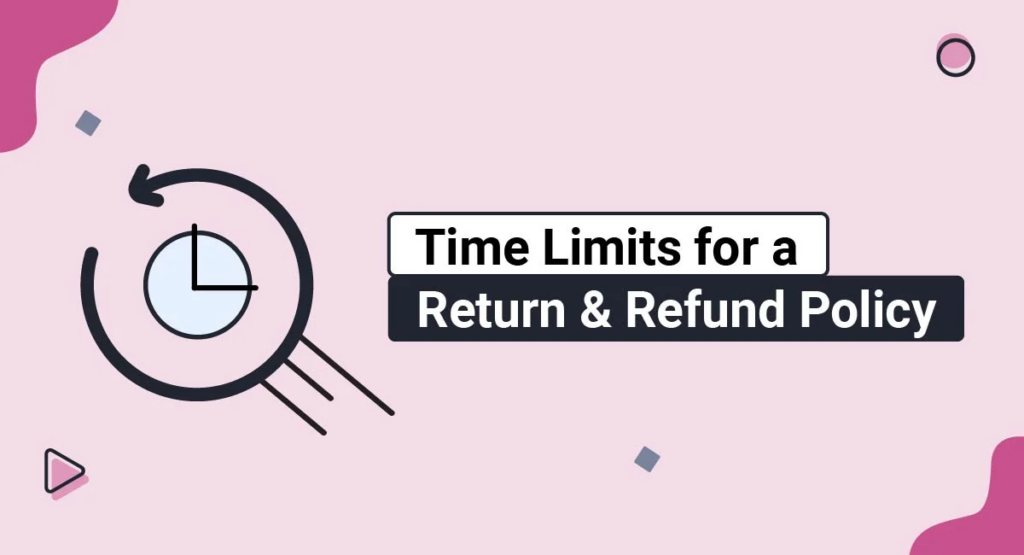VAT refunds and claims can provide significant financial relief for businesses by enabling them to recover VAT paid on qualifying purchases and expenses. Understanding the process for claiming VAT, especially for international transactions, ensures that businesses remain compliant while optimizing cash flow. This guide explores when businesses are eligible for VAT refunds, how to claim them, and the important timelines and conditions to follow.
Table of Contents
When Are Businesses Eligible for VAT Refunds?
Businesses are eligible for a VAT refund when the input VAT (the VAT paid on business-related purchases) exceeds the output VAT (the VAT charged on sales). Common scenarios for VAT refunds include:
- New businesses: Incurring significant upfront costs before generating revenue.
- Exporters: Selling goods and services outside the UK, where VAT may not apply.
- Seasonal businesses: Experiencing fluctuations in turnover, leading to temporary excess input VAT.
- Businesses purchasing capital assets: Large one-off investments in machinery, vehicles, or technology can result in a VAT credit.
Claiming VAT on International Transactions

Businesses conducting cross-border transactions can claim VAT on certain international expenses. For example, if a UK-based company attends trade fairs or meetings in the EU, it may be eligible to reclaim VAT on travel, accommodation, and event registration fees.
Here’s how VAT refunds work for international transactions:
- EU Refunds: UK businesses can use the VAT checker Ireland to validate VAT numbers and submit refund requests for eligible expenses in EU countries. Refunds are requested through HMRC, which forwards the claim to the relevant EU tax authority.
- Non-EU Refunds: For non-EU countries, businesses must apply directly to the tax authority of the country where the VAT was incurred. Each country has specific rules and deadlines.
- Reverse Charge Mechanism: For services purchased from foreign suppliers, the reverse charge may apply, shifting the VAT reporting responsibility from the supplier to the customer. This avoids paying VAT upfront and claiming it back later.
How to Request a VAT Refund Through HMRC
Step 1: Prepare Your VAT Records
Ensure you have all invoices, receipts, and relevant documentation showing the VAT paid on qualifying purchases. Using tools like a VAT checker or GB VAT checker helps validate VAT numbers and ensures compliance when dealing with suppliers.
Step 2: File Your VAT Return
If your input VAT exceeds output VAT, your VAT return will show a refund due. When submitting your VAT return through HMRC’s portal, indicate that you are requesting a refund.
Step 3: Await HMRC’s Review
HMRC reviews refund claims and may ask for additional documentation. For large refund claims, involving accountants or a VAT auditor ensures that all paperwork is in order to prevent delays.
Step 4: Receive the Refund
Once approved, the refund will be transferred to the business’s registered bank account. Refunds are typically processed within 30 days, although delays may occur if additional checks are required.
Time Limits and Conditions for VAT Claims
Time Limits

Businesses must submit their VAT claims within a specific period:
- UK Claims: VAT on expenses incurred in the UK must be claimed within four years from the end of the accounting period.
- EU Refund Claims: Refunds for EU expenses must be submitted by September 30 of the following year.
- Non-EU Refunds: Time limits vary by country; businesses should consult local tax authorities.
Conditions for VAT Claims
- Valid VAT Invoice: A valid VAT invoice with the supplier’s VAT number is essential for claiming input VAT.
- Business Purpose: The expense must be wholly or primarily for business purposes.
- Partial Exemptions: If the business engages in both taxable and exempt activities, VAT recovery may be limited to the taxable portion.
- Fuel and Travel Expenses: VAT can be reclaimed on fuel used for business purposes, and CFOs should ensure that travel receipts are VAT-compliant to claim refunds effectively.
Example: Claiming VAT on Fuel and Travel Expenses
A sales team frequently travels across the UK for meetings, incurring fuel, accommodation, and meal expenses. The company can reclaim VAT on:
- Fuel Receipts: VAT on fuel used for business trips can be reclaimed. If the vehicle is used for both business and personal purposes, the business can apply a fuel scale charge to determine the appropriate VAT amount.
- Hotel and Meals: VAT on hotel stays and meals during business trips is also refundable, provided the receipts show the correct VAT breakdown.
Businesses must ensure they keep all receipts and use VAT-compliant invoices to avoid issues with HMRC when claiming refunds.
Image: VAT Refund Process Timeline
(Insert a timeline illustrating the VAT refund process, from filing the VAT return to receiving the refund, with key milestones such as “Submission,” “Review,” and “Refund Payment.”)
FAQs
1. How Long Does It Take to Get a VAT Refund?
HMRC aims to process VAT refund claims within 30 days of receiving the VAT return. However, the timeframe may extend if HMRC requests additional documentation or performs further checks.
2. Can I Claim VAT on Second-Hand Goods?
Yes, VAT can be claimed on second-hand goods under certain conditions. The margin scheme allows businesses to pay VAT only on the profit margin of the goods, rather than the total sale price. This scheme is commonly used by dealers of second-hand vehicles, antiques, and electronics.
Final Thoughts
Navigating VAT refunds and claims can be complex, especially for businesses involved in international transactions or operating across multiple sectors. Ensuring accurate documentation, meeting time limits, and using VAT tools like a GB VAT checker or VAT checker Ireland help businesses stay compliant and avoid delays.
Engaging accountants or a VAT auditor ensures that refund claims are handled correctly, reducing the risk of rejections or penalties. For businesses with frequent VAT claims, maintaining organized records and using VAT software integrated with the accounting system can streamline the process.
CFOs play a crucial role in managing VAT refunds, ensuring cash flow remains stable, and making informed decisions about reclaiming VAT on large capital investments. By following best practices and keeping up with HMRC guidelines, businesses can efficiently recover VAT and enhance their financial position.

11+ years strategic communications, marketing, and project management experience. I am a trainer at StarWood Training Institute, focusing on online courses for project management professionals.















